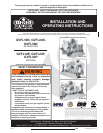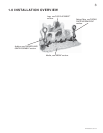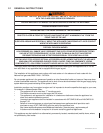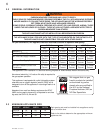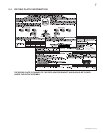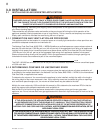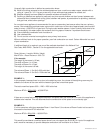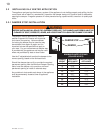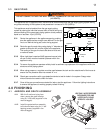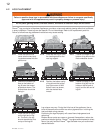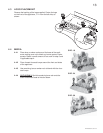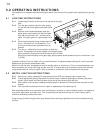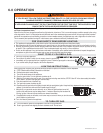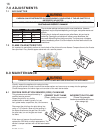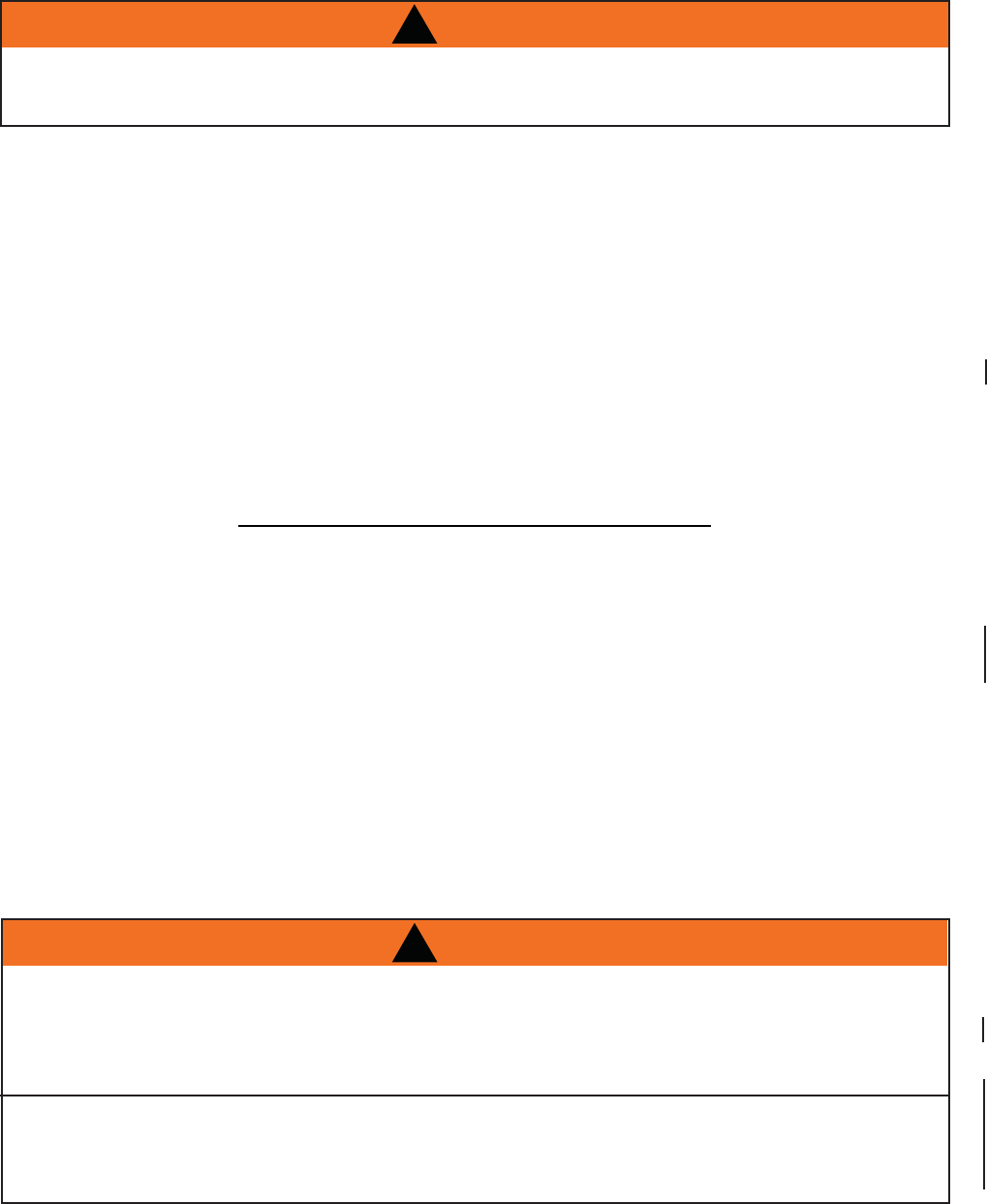
8
W415-0809 / A / 05.10.10
3.0 INSTALLATION
3.1.1 COMBUSTION AND VENTILATION AIR PROVISIONS
17.1A
This appliance shall not be installed in a con
fi
ned space or unusually tight construction unless provisions are
provided for adequate combustion and ventilation air.
The National Fuel Gas Code, ANSI Z223.1 / NFPA 54 defi nes a confi ned space as a space whose volume is
less than 50 cubic feet per 1,000 Btu per hour (4.8 m3 per kw) of the aggregate input rating of all appliances
installed in that space and an unconfi ned space as a space whose volume is not less than 50 cubic feet per
1,000 Btu per hour (4.8 m3 per kw) of the aggregate input rating of all appliances installed in that space.
Rooms communicating directly with the space in which the appliances are installed, through openings not
furnished with doors are considered a part of the unconfi ned space.
The GVFL 18/24/30 are all rated at 40,000 BTUs per hour and therefore requires a minimum unconfi ned space
of 2,000 cubic feet.
3.1.2 DETERMINING CONFINED OR UNCONFINED SPACE
This appliance shall not be installed in a room or space unless the required volume o
f
indoor combustion air
is provided by the method described in the National Fuel Gas Code, ANSI Z223.1 / NFPA 54, the International
Fuel Gas Code, or applicable local codes.
To determine the volume of the room where the appliance is to be installed, multiply the width x the length x
the ceiling height of that room measured in feet. If any adjoining rooms are connected by grilles or openings
such as kitchen pass-throughs, etc., the volume of those rooms may be added to the total.
Multiply the room volume by 1000 and divide this amount by 50 to determine the maximum BTU/hr that the
space can support with adequate combustion and ventilation air.
A
dd the Btu/hr of all fuel burning appliances located within the space such as gas furnace, gas water
appliance, etc. Do not include direct vent gas appliances which draw their input and output air from and to the
outdoors.
!
WARNING
IF THE AREA IN WHICH THE APPLIANCE MAY BE OPERATED IS SMALLER THAN THAT DEFINED AS
AN UNCONFINED SPACE OR IF THE BUILDING IS OF UNUSUALLY TIGHT CONSTRUCTION, PROVIDE
ADEQUATE COMBUSTION AND VENTILATION AIR BY ONE OF THE METHODS DESCRIBED IN THE
NATIONAL FUEL GAS CODE ANSI Z223.1/ NFPA 54 , AIR FOR COMBUSTION AND VENTILATION, OR THE
APPLICABLE LOCAL CODE.
IF THE AREA IN WHICH THE APPLIANCE MAY BE OPERATED DOES NOT MEET THE REQUIRED VOLUME
FOR INDOOR COMBUSTION AIR, COMBUSTION AND VENTILATION AIR SHALL BE PROVIDED BY ONE
OF THE METHODS DESCRIBED IN THE ANSI Z223.1 / NFPA 54, THE INTERNATIONAL FUEL GAS CODE,
OR APPLICABLE LOCAL CODES.
!
WARNING
BARRIERS SUCH AS THE BOTTOM OF A GLASS DOOR FRAME PLACED IN FRONT OF A GAS LOG
SET CAN CHANGE THE AIR FLOW CHARACTERISTICS OF THE APPLIANCE WHICH IN TURN CAN
CAUSE THE APPLIANCE TO CARBON OR OVERHEAT AND MALFUNCTION.
During manufacturing, fabricating and shipping various components of this appliance are treated with certain
oils, fi lms or bonding agents.
These materials may produce smoke and smells as they are burned off during the initial operation of the
appliance; possibly causing headaches or eye or lung irritation. This is a normal and temporary occurrence.
Simply open a window to ventilate the room during the burn off period.
3.1 INSTALLING IN AN UNVENTED APPLICATION



